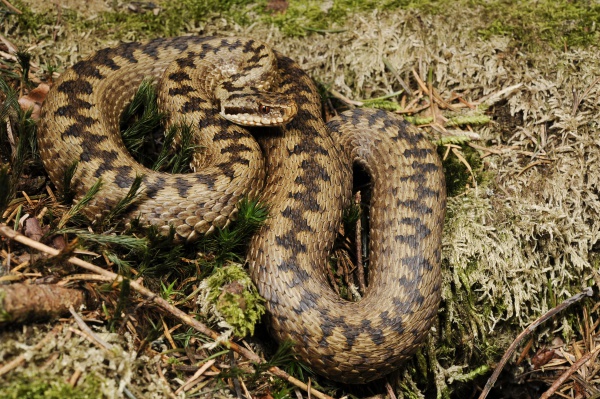Facts About Common Viper
The Vipera berus, commonly known as the common European adder or viper, is a venomous snake that ranges from Western Europe to East Asia. While its bite can be quite painful, it is rarely fatal, and hence, it is not considered highly dangerous.
One notable fact about this snake is that it is ovoviviparous, meaning it gives birth to live young rather than laying eggs. This occurs once every two to three years. Adult adders typically grow to about 60-90 cm in length and have a diet that includes small mammals, birds, lizards, and amphibians.
The common adder can be found in a variety of habitats, and the complexity of these environments is key to its behavior. It is widely distributed and known by different names in various regions. Due to habitat loss and collection for the pet trade, some countries have implemented protections for this species. Although it is listed as 'Least Concern' on the IUCN Red List, its populations are in decline.
The common adder is primarily diurnal and goes into hibernation during the winter. It mates in the spring, and females give birth to litters of 3 to 20 young. Although bites from this snake are relatively common, they are not usually very dangerous. Symptoms can include pain, swelling, and occasionally more serious effects such as nausea and shock. It is important to seek medical attention if bitten.

 Montenegro
Montenegro